If you’re here, you’re probably curious about what Ben Wa balls are and why so many people are talking about them. Maybe you’re looking for better pelvic health, or maybe you’ve heard they can boost intimacy. Whatever your reason, this guide is packed with everything you need to know—whether you’re a total beginner or someone looking to step up your routine. We’ll dive deep into how these small but powerful tools work, how to get started safely, and what to expect as you progress. By the time you finish reading, you’ll have the confidence and knowledge to use Ben Wa balls effectively and get real results. Let’s get started!
What Are Ben Wa Balls?

Ben Wa balls, also known as Kegel balls, are small weighted spheres you place inside the vagina to help strengthen pelvic floor muscles. As you move, the subtle shifting of the balls makes your muscles naturally contract, giving them a workout.
They come in various sizes and materials like silicone, metal, and glass. For beginners, it’s best to start with a single, large silicone ball since it’s easier to control and more comfortable.
Benefits of Using Ben Wa Balls
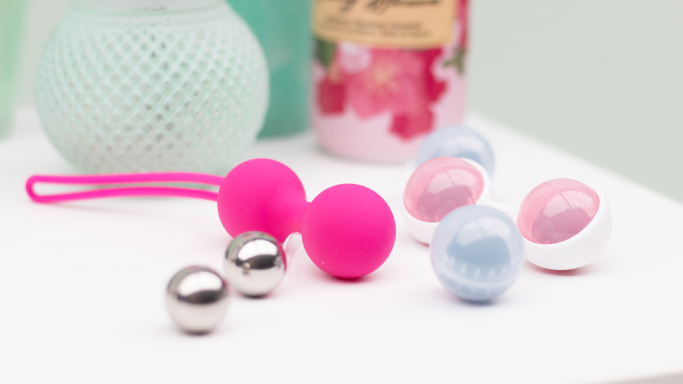
You’re probably wondering what the big deal is with Ben Wa balls. They’re not just for people dealing with pelvic issues. These small tools can have a huge impact on overall well-being when used consistently. Let’s break down the benefits:
Why You Should Care
- Stronger Pelvic Muscles: Think of them like any other muscle in your body—if you don’t use them, they get weak. Strengthening your pelvic floor can lead to better bladder control and fewer leaks (especially after childbirth).
- Better Intimacy: Many users report that with stronger muscles come more intense sensations. A more toned pelvic floor can help enhance pleasure, making your intimate moments even more enjoyable.
- Postpartum Recovery: Pregnancy and childbirth can take a toll on pelvic muscles. Ben Wa balls can help restore that strength gradually and naturally, making them a great addition to a recovery routine.
- Preventing Incontinence: Regular use can help prevent or reduce the risk of incontinence as you age. It’s about keeping everything toned and well-supported down there.
- Core Stability & Posture: Your pelvic floor is part of your core. A stronger core can improve your posture, reduce back pain, and even make other workouts more effective.
Consistency is Key:
Just like with any other exercise, you won’t see instant results. Start with a few minutes daily, and gradually increase as you get comfortable.
How to Choose the Right Ben Wa Balls for Beginners

Choosing your first set of Ben Wa balls might feel overwhelming with all the options out there. But it doesn’t have to be. Here’s what you need to know to make the right choice, minus all the confusing jargon.
Where to Start
- Go for Larger, Lighter Balls: If you’re a beginner, pick a single, larger ball (around 35mm diameter) that’s lighter in weight. Larger balls are easier to hold in place, which is important when your muscles are just getting used to this kind of workout.
- Stick with Silicone: Silicone balls are soft, comfortable, and less intimidating than metal or glass. They’re also non-porous and easy to clean, making them ideal for beginners.
- Weight Matters: Start with lighter weights (under 50 grams). Heavier balls can be tricky if your muscles aren’t ready. As you get stronger, you can gradually increase the weight or move to smaller, more challenging balls.
- Look for a Retrieval Cord: It might seem obvious, but not all Ben Wa balls have a string or loop for easy removal. Especially if you’re new, you’ll want one with a retrieval cord for peace of mind and easy handling.
Making the right choice from the start sets you up for success. If you go too small, too heavy, or too advanced too quickly, it’s easy to get frustrated and give up.
Avoid Cheap Knock-Offs:
Be careful of cheaply made products. Opt for high-quality, body-safe materials from reputable brands. Your health is worth the investment.
How to Use Ben Wa Balls for the First Time
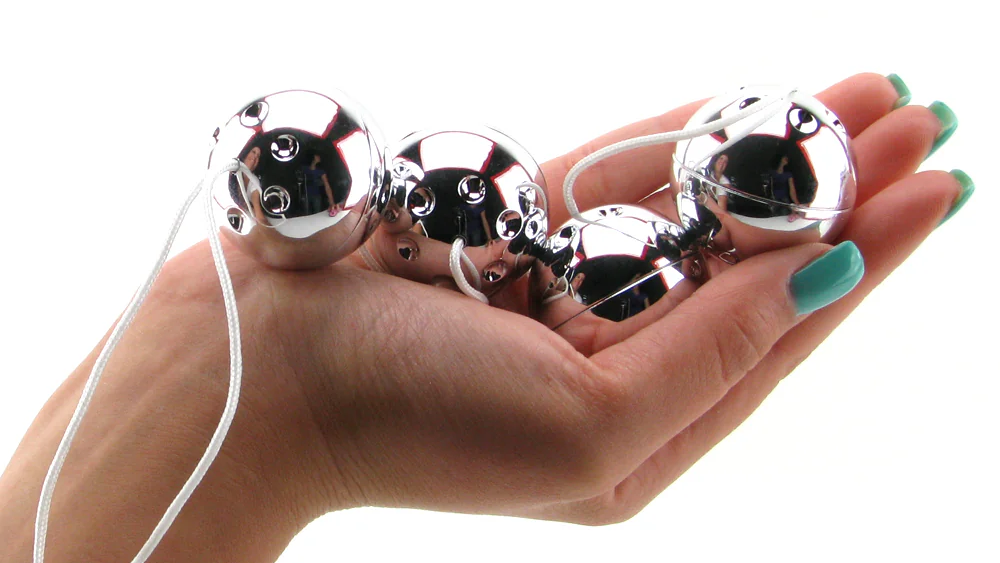
Using Ben Wa balls might sound tricky at first, but it’s pretty simple once you know what to do. Whether you’re doing this for pelvic health or just curious, this guide will make sure you’re doing it right from the start.
Getting Ready
- Clean Everything: Before anything else, make sure the balls are clean. Use a gentle soap or a non-toxic cleaner. Your hands need to be clean too.
- Use Lube: Lubrication is your best friend here. Water-based lube is usually the safest choice. It helps the balls slide in easily, so you’re comfortable from the start.
- Find Your Spot: Lie down with your knees bent or stand with one leg on a chair. Whichever feels easiest for you. This isn’t a one-size-fits-all process, so try different positions until you’re comfortable.
Inserting the Balls
- Step 1: Insert one ball at a time if you’re using a double-ball set. Single balls are even easier to start with.
- Step 2: Once inside, your body will naturally want to hold them in place. If they feel like they’re slipping out, it might mean you need a larger or lighter ball.
- Step 3: Gently tighten your muscles like you’re holding in pee. That’s the key muscle group you’re training.
Making the Most of Your First Session
- Walk Around: Just move. The point of Ben Wa balls is to engage your muscles as you do normal stuff like walking around your house. You don’t have to do anything special—just let your body adjust.
- Start Small: For your first time, aim for 10-15 minutes. This is plenty to begin with. You can increase the time as you get more used to it.
Pro Tip: If you feel any discomfort, take them out and try a lighter or larger set. It’s all about finding what works best for you.
Simple Exercises to Do With Ben Wa Balls
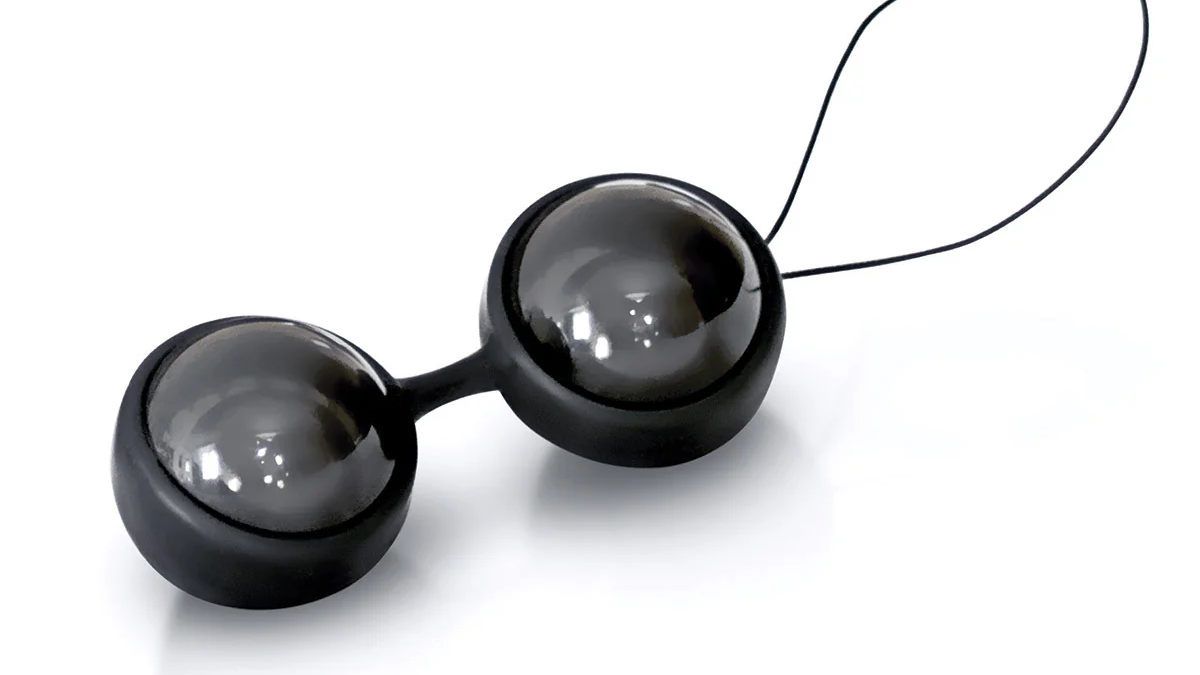
You might wonder, what else can you do with these balls? Beyond just walking around, there are simple exercises that can take things up a notch.
Basic Kegels
You’ve probably heard of Kegel exercises before. They’re simple contractions that strengthen the pelvic floor. With Ben Wa balls, they’re even more effective.
- Squeeze: Tighten your pelvic muscles as if you’re holding in urine. Hold it for three seconds.
- Release: Relax for a few seconds, then repeat.
- Repeat: Do 10-15 reps. This can be done daily.
You can do Kegels almost anywhere, and nobody will even know you’re working out. You can do them while sitting, standing, or even lying down.
Standing Leg Lifts
This one’s a little more active, but still easy enough to do while watching TV.
- Stand with Feet Hip-Width Apart: Keep your core steady.
- Lift One Leg to the Side: Lift it slowly, then bring it back down. This adds a bit more movement to engage the muscles holding the balls in place.
- Switch Legs: Do this 10 times on each side.
Light Squats
Adding light squats can make the exercises more challenging if you’re ready to level up.
- Start in a Standing Position: Feet shoulder-width apart.
- Slowly Lower into a Squat: Keep your back straight and engage your core.
- Rise Back Up: Repeat 10 times.
These exercises are a great next step once you feel comfortable just walking with the balls.
Common Mistakes to Avoid
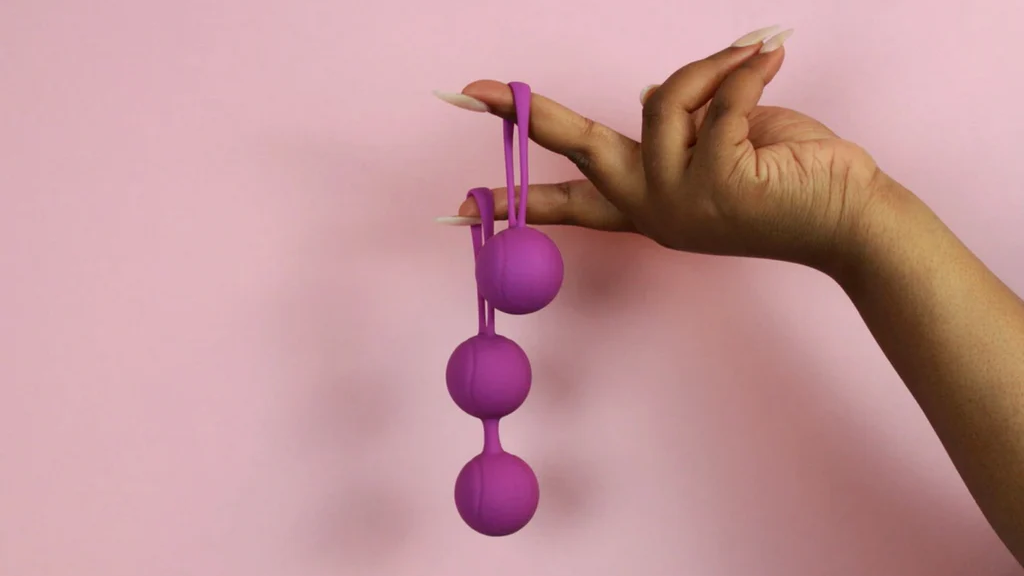
It’s easy to get discouraged if things don’t go smoothly the first time. But most issues are totally avoidable. Here’s a quick list of mistakes to watch out for.
- Going Too Heavy Too Soon: A lot of people think heavier equals better results. Not true! Start light. Jumping into advanced weights too fast can lead to discomfort and frustration.
- Using Them for Too Long: You might think wearing them all day will get you faster results. Actually, overuse can lead to soreness or even cause more harm than good. Stick to short sessions until you’re comfortable.
- Skipping Clean-Up: Hygiene matters. Not cleaning the balls properly can lead to infections. Always clean them before and after each use.
- Ignoring Discomfort: If it hurts, stop. Pain means something isn’t right. You might need a different size or weight, or you might just need more time to adjust.
- Not Following a Routine: Consistency is where you’ll see progress. If you only use them once in a while, you won’t get the benefits you’re looking for.
Staying consistent while avoiding these common pitfalls will make sure you see real progress without unnecessary setbacks.
Cleaning and Maintaining Ben Wa Balls
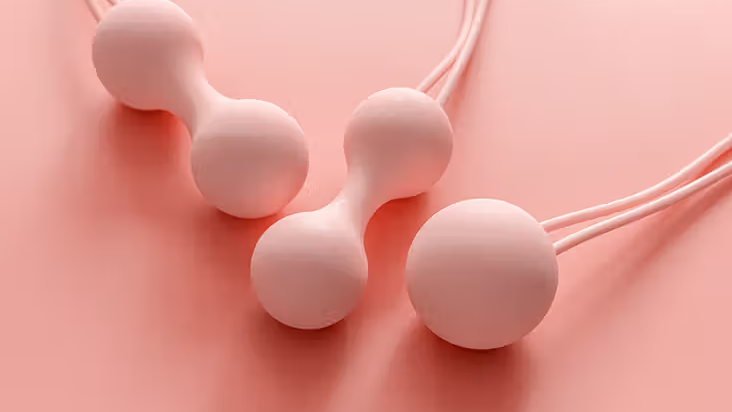
Taking care of your Ben Wa balls is just as important as learning how to use them. If you don’t clean them properly, you could end up with issues like infections, which nobody wants. Let’s talk about how to clean and store them so they stay safe and last longer.
How to Clean Ben Wa Balls
- Use Mild Soap and Warm Water: Right after you’re done using the balls, wash them with mild soap and warm water. Avoid anything harsh like alcohol-based cleaners—these can damage the material.
- Dry Them Completely: After cleaning, make sure to dry them thoroughly with a clean towel. Leaving them damp can lead to bacteria growth, which you want to avoid.
- Deep Cleaning (Occasionally): Every so often, do a deeper clean using a sex-toy cleaner or soak them in a diluted bleach solution (10% bleach, 90% water). Just be sure to rinse them really well afterward.
Pro Tip:
If your Ben Wa balls have a string or retrieval cord, pay extra attention to cleaning around that area since bacteria can easily build up there.
Storing Your Ben Wa Balls
- Keep Them in a Safe, Clean Place: After they’re dry, store them in a clean, dust-free bag or container. Some brands provide pouches, which are perfect for keeping them safe and hygienic.
- Avoid Direct Sunlight: Over time, sunlight can break down certain materials like silicone. Keep your balls in a cool, dry place to maintain their quality.
- Separate From Other Toys: If you have other pelvic floor trainers or intimate products, store them separately. Certain materials can react with each other, causing them to degrade faster.
How Often Should You Clean Them?
- Before and After Every Use: Always clean the balls before you use them, even if they were stored safely. And of course, give them a good clean right after each use.
- If You’re Not Using Them Regularly: Still give them a quick wash every month or so. Dust and bacteria can build up even when they’re just sitting in storage.
By sticking to this routine, you’ll keep your Ben Wa balls safe to use, and they’ll last longer.
Safety Tips and Common Concerns
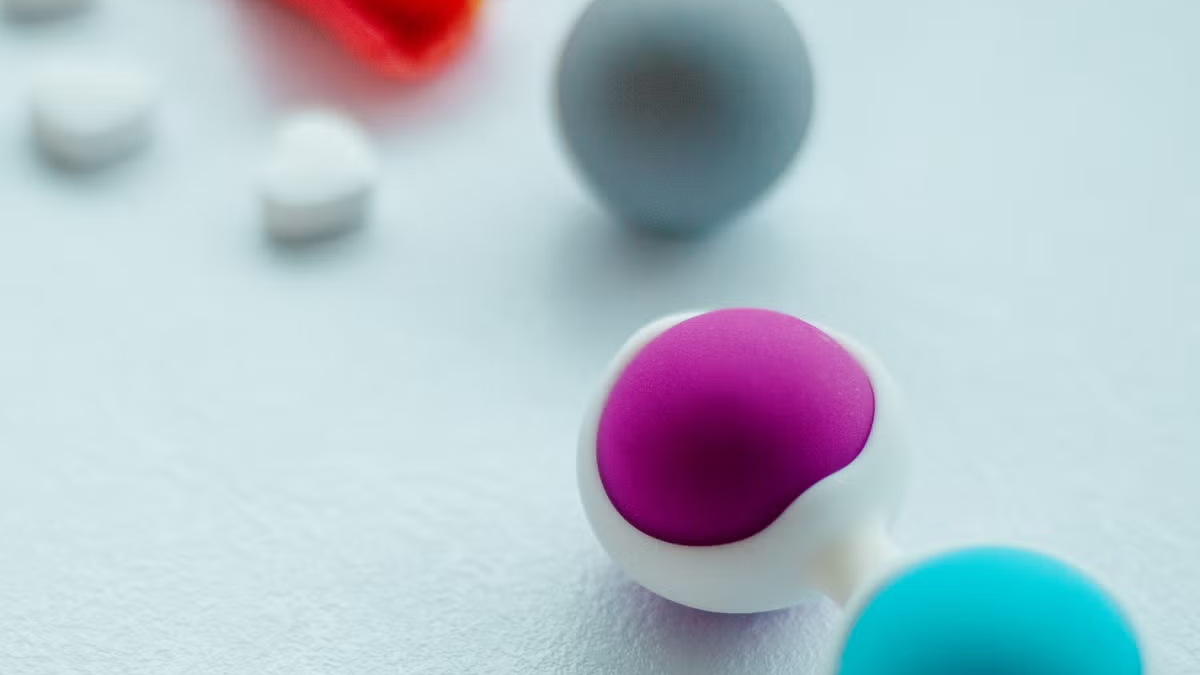
When starting with Ben Wa balls, some concerns are totally normal. Whether you’re worried about something getting stuck (it won’t!) or just want to know what’s safe, this section covers the most common questions.
Can Ben Wa Balls Get Stuck?
Nope! Your body’s natural structure prevents that. The balls can’t go anywhere beyond your vaginal canal. Plus, if you’re using a set with a retrieval cord, it’s easy to remove them. If you ever feel stuck, relax your muscles, take a deep breath, and gently pull the cord or the ball itself.
How Long Should You Wear Ben Wa Balls?
For beginners, start with just 10-15 minutes. As you get more comfortable, you can gradually work up to 30 minutes. Some people eventually wear them for an hour or two while doing daily activities. But don’t overdo it—long sessions can lead to muscle fatigue.
Is There a Risk of Infection?
Infections are rare if you follow the cleaning guidelines. However, make sure you’re always using clean, body-safe materials and avoid sharing them with others. If you’re prone to infections or irritation, silicone balls are a safer bet since they’re hypoallergenic and non-porous.
When Should You Avoid Using Ben Wa Balls?
- During Your Period: It’s usually best to wait until after your cycle to avoid irritation or discomfort.
- If You’re Pregnant: Consult your doctor before using them. While they can be safe in some cases, it’s better to check with a professional.
- Right After Childbirth: Wait until your doctor gives you the all-clear. Your body needs time to heal before introducing any pelvic floor exercises.
Expecting Instant Results
Building pelvic floor strength takes time, just like any other muscle. If you don’t see changes right away, don’t give up. Stay consistent, and results will come.
Ben Wa Balls vs. Other Types of Pelvic Floor Trainers

When you’re looking to strengthen your pelvic floor, you’ll come across different tools that claim to do the job. Ben Wa balls are popular, but they’re not the only option. Here’s how they stack up against other kinds of pelvic floor trainers.
Vaginal Cones
Vaginal cones are weighted devices shaped like small cones that you insert just like Ben Wa balls. The difference? Cones typically come in sets with different weights that you swap out as you get stronger. They’re designed specifically for resistance training, and they’re usually used for short, focused sessions rather than wearing them for long periods like Ben Wa balls.
When to Choose Cones: If you want a more structured workout with clear progress, cones are a solid choice. They’re great if you like knowing exactly what weight you’re lifting and want a straightforward routine.
Yoni Eggs
Yoni eggs, often made from crystals like jade or rose quartz, are similar to Ben Wa balls in that they’re inserted and held in place using pelvic muscles. However, they’re more often associated with spiritual and wellness practices. Yoni eggs are less about resistance training and more about the mind-body connection.
When to Choose Yoni Eggs: If you’re interested in exploring the spiritual side of pelvic health, yoni eggs might appeal to you. They’re often used in meditative practices or rituals, focusing on energy and mindfulness alongside muscle strengthening.
Kegel Weights
Kegel weights are similar to Ben Wa balls but often come with more variety in weight options and sometimes have a more ergonomic shape for targeted muscle engagement. These weights are usually inserted for shorter, dedicated workouts and can be used while doing specific exercises.
When to Choose Kegel Weights: If you prefer more control over your workouts and want to focus purely on strength training, Kegel weights might be your go-to. They’re effective for people looking to do quick, targeted exercises rather than wearing something for hours.
Smart Pelvic Trainers
These high-tech gadgets take pelvic training to the next level by incorporating sensors and apps that guide you through exercises. Smart pelvic trainers provide real-time feedback, tracking your progress and even gamifying the experience.
When to Choose Smart Trainers: If you’re tech-savvy and love data-driven progress, smart trainers offer a unique experience. They’re particularly helpful for those who want precise guidance and enjoy tracking every improvement.
Advanced Tips for Progression
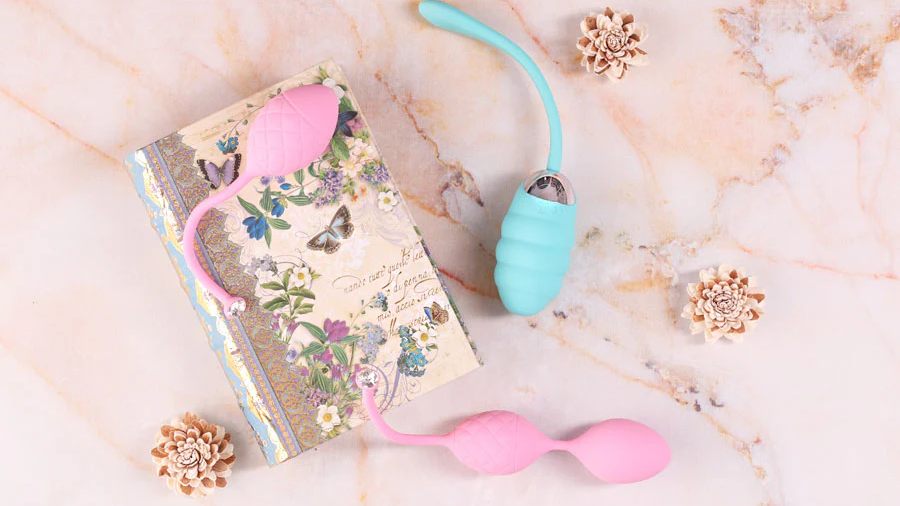
Once you’ve got the basics down, it’s time to level up your routine. But let’s go beyond the usual “increase weight” advice. Here are some advanced strategies that introduce new ideas for taking your pelvic floor training further.
Add Dynamic Movements
Instead of sticking to simple exercises like walking or standing, incorporate dynamic movements that challenge your pelvic floor in different ways. Try integrating movements like lunges, side steps, or even dance moves while holding the balls in place. The more varied the motion, the more comprehensive your muscle engagement becomes.
Focus on Muscle Isolation
Advanced users can benefit from learning how to isolate specific muscles within the pelvic floor. For example, instead of contracting the entire area, focus on tightening only the front muscles (near the pubic bone) or the back muscles (near the tailbone). This kind of muscle control adds a new level of depth to your workouts.
Incorporate Breathing Techniques
Breathing isn’t just about relaxation—it’s key to deeper pelvic floor engagement. Try coordinating your breath with your muscle contractions. Inhale to prepare, then exhale as you squeeze the muscles. Syncing your breath with your exercises helps you maximize each contraction and makes the workout more effective.
Experiment with Different Positions
By now, you’re probably comfortable using Ben Wa balls while standing or walking. Take things further by experimenting with different body positions. Try doing exercises in a squatting position, on all fours, or even lying on your side. Each position challenges your muscles in a unique way, adding more variety and intensity.
Combine With Core and Lower Body Workouts
For a full-body benefit, incorporate your pelvic floor training into your regular fitness routine. Add exercises like bridges, squats, or planks, engaging your pelvic floor alongside your core and lower body. This not only builds strength but also improves coordination and overall stability.
FAQs About Ben Wa Balls for Beginners
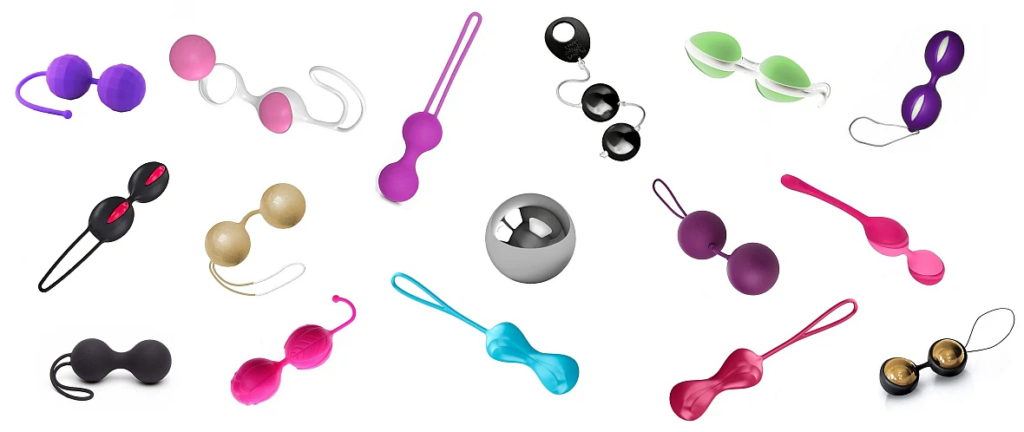
Even after covering the basics, there are always a few more specific questions that pop up.
Should I Use Ben Wa Balls After Surgery?
It depends on the surgery and your doctor’s advice. For example, after pelvic surgeries like hysterectomies, it’s usually recommended to wait several months before introducing any internal devices. Always consult your healthcare provider to get the green light before starting.
How Do I Know If Ben Wa Balls Are Too Light or Too Heavy?
The right weight depends on your current strength. If the balls feel like they’re falling out easily, they might be too light. On the other hand, if you find it hard to keep them in without intense squeezing, they could be too heavy. A good rule of thumb is to feel a mild challenge but still be able to move comfortably.
Can I Sleep With Ben Wa Balls In?
Sleeping with them isn’t recommended. Your muscles need time to rest and recover, just like any other part of your body. Wearing them for too long, especially while inactive, can lead to muscle fatigue or discomfort.
How Often Should I Replace Ben Wa Balls?
High-quality Ben Wa balls can last for years if you take care of them. However, check them regularly for any signs of wear, like cracks or changes in texture. If you notice anything off, it’s time for a new pair. This is especially important for balls with strings, as they can wear out faster.
Can Sex Toys Be Used for Pelvic Floor Training?
It’s a common question, but the short answer is no—vibrators and dildos aren’t great substitutes for Ben Wa balls when it comes to pelvic floor training. Here’s why:
- Bullet Vibrators: Even though they’re insertable, they’re too light and don’t provide the resistance needed for muscle strengthening. Their primary design is for stimulation, not exercise.
- Dildos: These might be larger, but they don’t engage your muscles in the same way as Ben Wa balls. You’re not getting the focused workout you need for pelvic floor strength.
- Vibrating Kegel Balls: If you’re looking for a hybrid, vibrating Kegel balls are closer to the mark. They combine weight for resistance with added stimulation, offering both pleasure and muscle training.
Can You Use Ben Wa Balls in the Bum?
No, don’t do it. Ben Wa balls aren’t designed for anal use and can be dangerous if used that way. Without a flared base, there’s a serious risk they could get stuck inside.
Final Thoughts
Ben Wa balls might seem like a small tool, but they can make a big difference in your pelvic health, intimacy, and overall wellness. Whether you’re completely new or looking to take your training to the next level, this guide has covered everything you need to get started safely and effectively. Remember, progress takes time, so be patient and stay consistent with your routine.
Want More Useful Articles?
- Kegel Exercises – Tips to Improving Your Pelvic Floor Muscles
- What is Vaginal Atrophy? Estrogen, Sex, and Pain
- Vaginal Infections and Sex – Quick Guide to Why It Itches
- How to Clean Your Vagina – Tips to Take Care of Yourself


